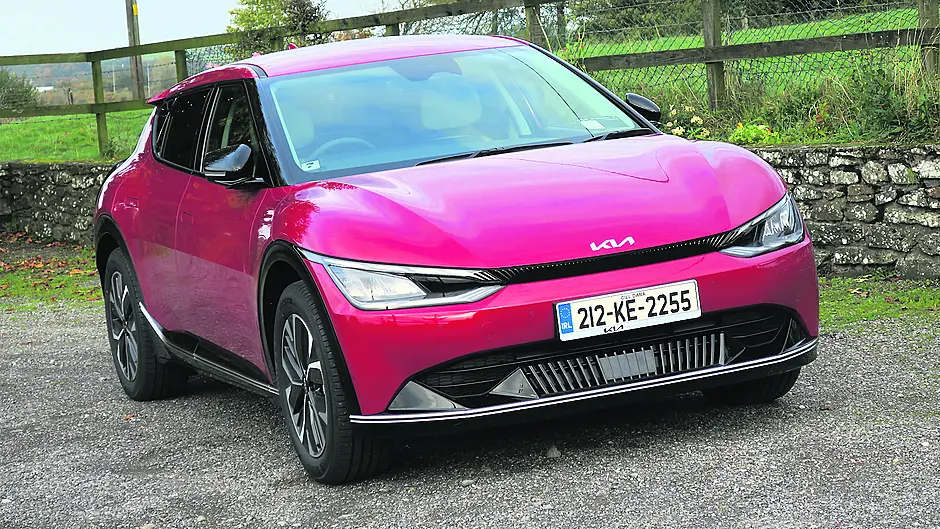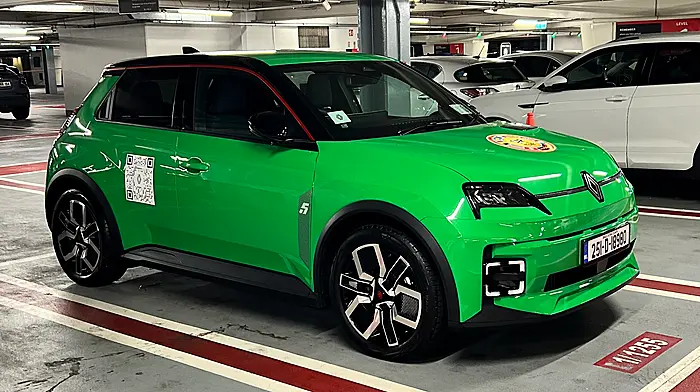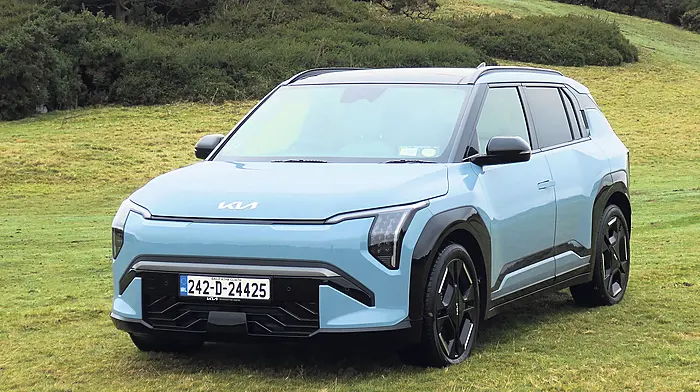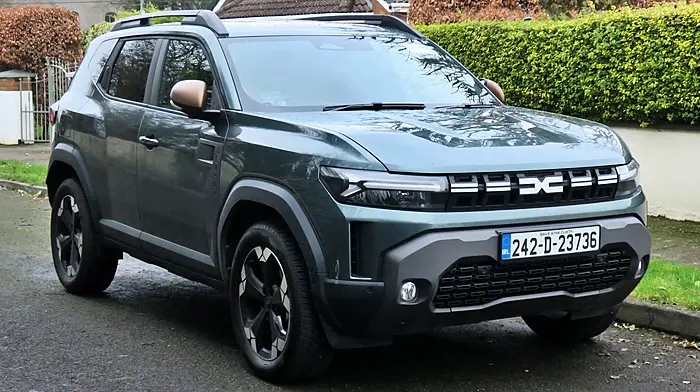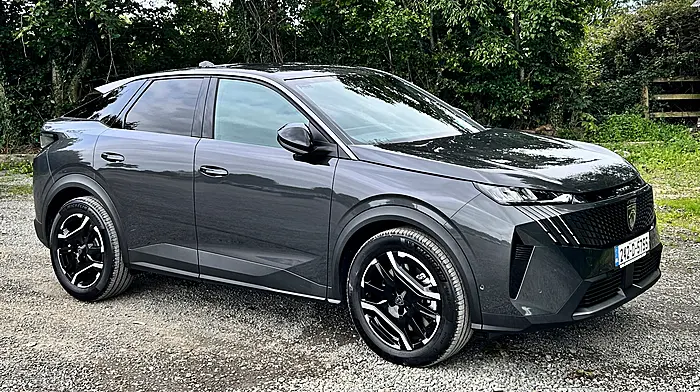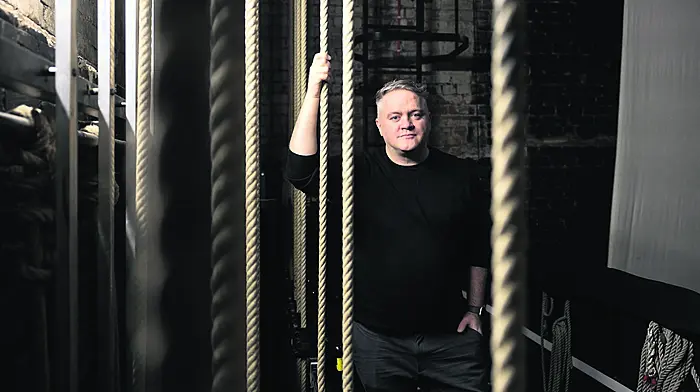BY BRIAN BYRNE
ARE we really well down the electric route, or is it just hype? Here are a couple of facts, out of many recent that are EV related. In July of this year, two thirds of all cars sold in Oslo, capital of Norway, were electric. In Shenzhen, China, all 16,000 buses serving the city have been switched to electric, as well as 22,000 taxis. Sure, Norway has been an EV leader for some time, and in China there’s a state-backed impetus for EVs. But that’s the destination for all of us, sooner or later.
I was thinking of that when I had my first drive experience last week in Kia’s latest electric contender in the passenger car market. The EV6 has just joined the Soul and Niro in the Korean brand’s EV offerings, and in this case is moving the company close to the premium EV business. The Hyundai-Kia group is one of those which have committed strongly to electric (and also to hydrogen fuel cell development, further down the sustainable motoring road).
Unlike the Soul and Niro, the EV6 is built on a dedicated EV platform, which will underpin a range of different models under the EV moniker. The same platform is carrying the Hyundai Ioniq 5 which I reviewed a while back. But the Kia suggests how this brand will be shaping its future course, as perhaps more upmarket than Hyundai.
The EV6 style is standout. Futuristic without being off the wall. Classic without being retro. Sporty as thoroughbred rather than tearaway. And that recently-changed Kia badge marks the brand transition perfectly here. Kia on the move.
In size the EV6 parks smack in the middle of the main competition, a whisker larger than the VW ID.4, just a tad smaller than the Jaguar I-Pace. And side by side with the Ioniq 5 half-brother. The Mustang Mach-E, which I have yet to drive, is just a little longer than all those.
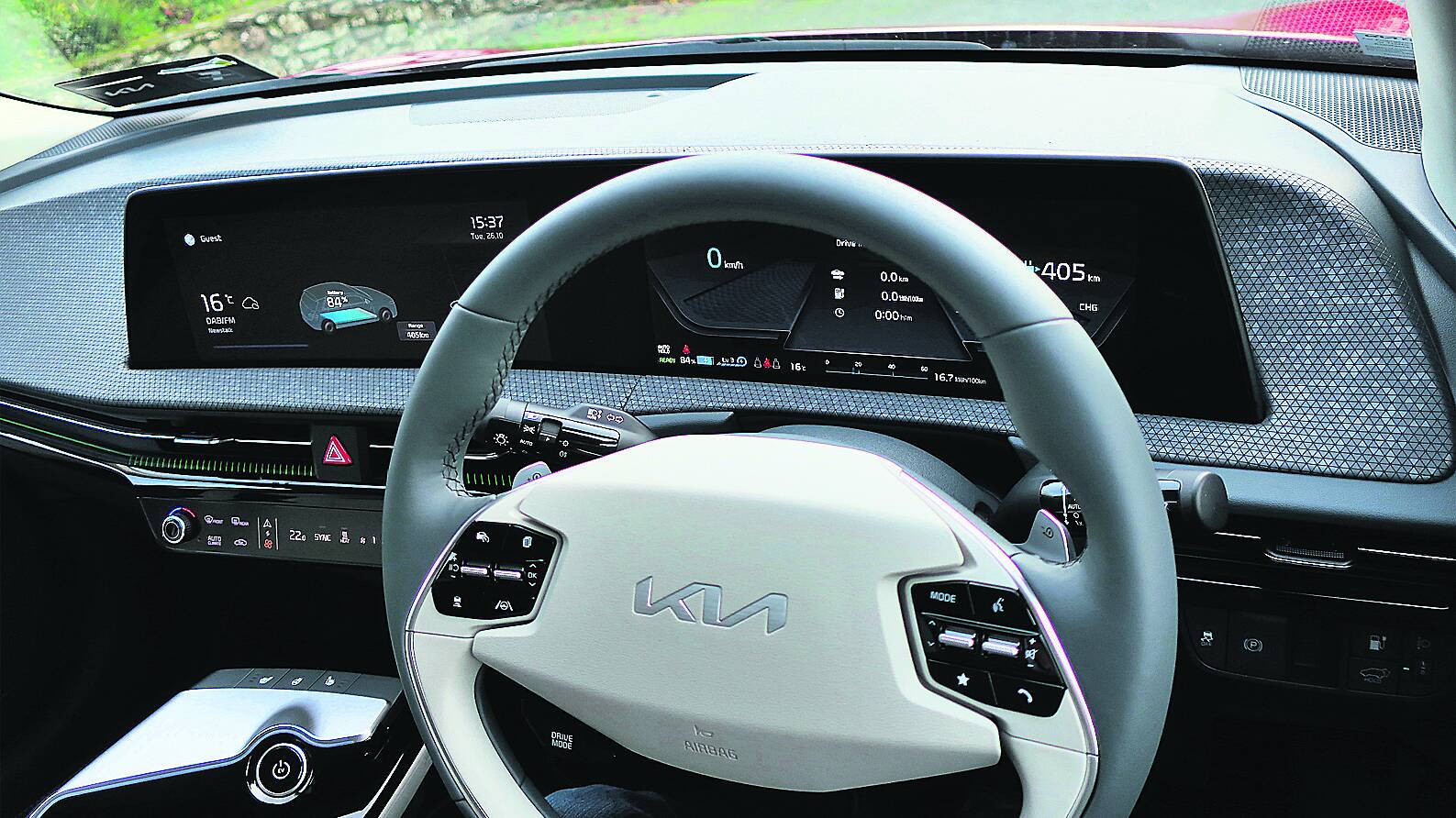
If the exterior style isn’t enough to show Kia’s premium intention, there’s no mistake when you slip inside. Other electric cars have, in general, taken a somewhat minimalist direction on interior styling.
Tesla, for instance, makes a feature of spartanism. Volkswagen’s ID cars also do, especially in instrumentation (for some reason the German group seems to have given Skoda’s Enyaq the more upmarket interior).
Of course, Mercedes-Benz and Audi have retained their premium ethos in their electric offerings. And to my mind, it is these last that Kia is targeting.
The EV6 style and quality of finish is exemplary. And, like the exterior, standout in the mix of classic and future-proofed modernist. It doesn’t try to state luxury, yet in the details, materials, and really coherent colours-matching, it deserves a premium tag.
The premium drive that is a feature of the relative silence of electric cars suits this ambience perfectly, both on motorway and country roads. I’ll be doing a longer experience with the EV6 in due course, but 24 hours with the car last week allowed me to try it in a wide range of country and urban spaces. It’s a big car, but even on a narrow boreen it didn’t feel awkward. On the motorway it hums confidently, and a flick of the drive mode button on the steering wheel will instantly click it into Sport for very quick overtaking.

I left the car back with the clear impression that the EV6 is quite likely the best electric car in its size class I have so far driven.
As I said, I’ll be going more in-depth at a later stage. But here are the salient technicals: a 229hp electric motor and a range of up to 528km; charging 10-80pc at a 50kW in an hour and 13 minutes, or in 18 minutes only at a 350kW charge station.
The EV6 comes with pretty well every driver assist currently available even in the Earth grade, while the GT-Line adds bigger alloys and some extra body detailing, as well as an opening panoramic sunroof.
All this, of course, is not cheap. The EV6 is up there with the main premium contenders in the pricing. Another indication of brand intent.
VERDICT
What I like: Where Kia is going.
Price: From €50,000.

